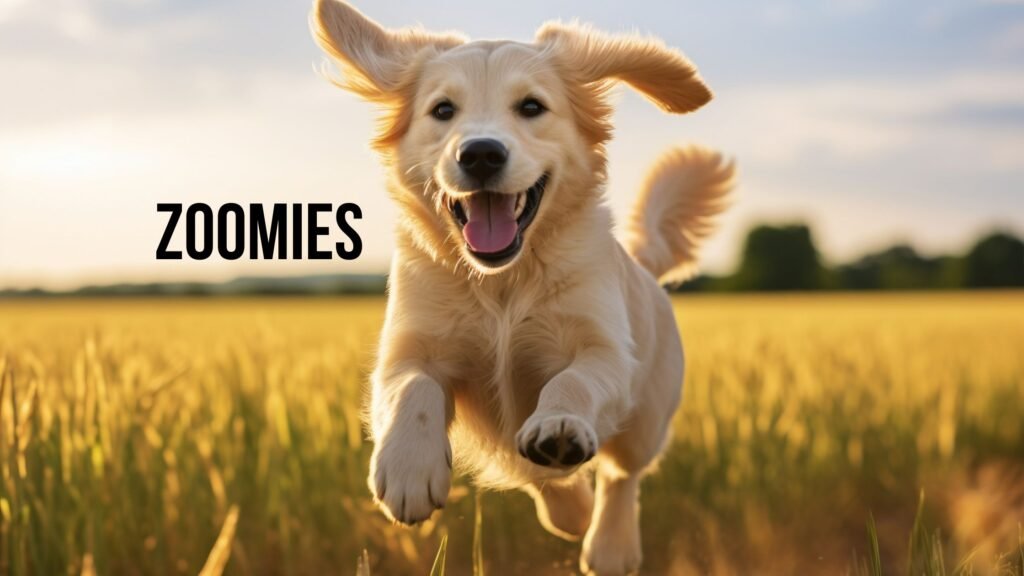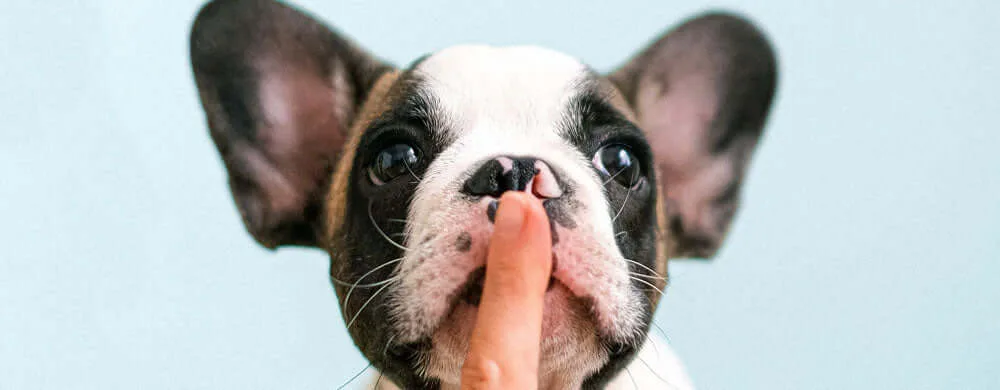
TRAIN YOUR DOG
IN OUR TRAIN ROOM

READ OUR TRAINING ROOM PAGE
AND PRACTICE WITH YOUR PUPPY
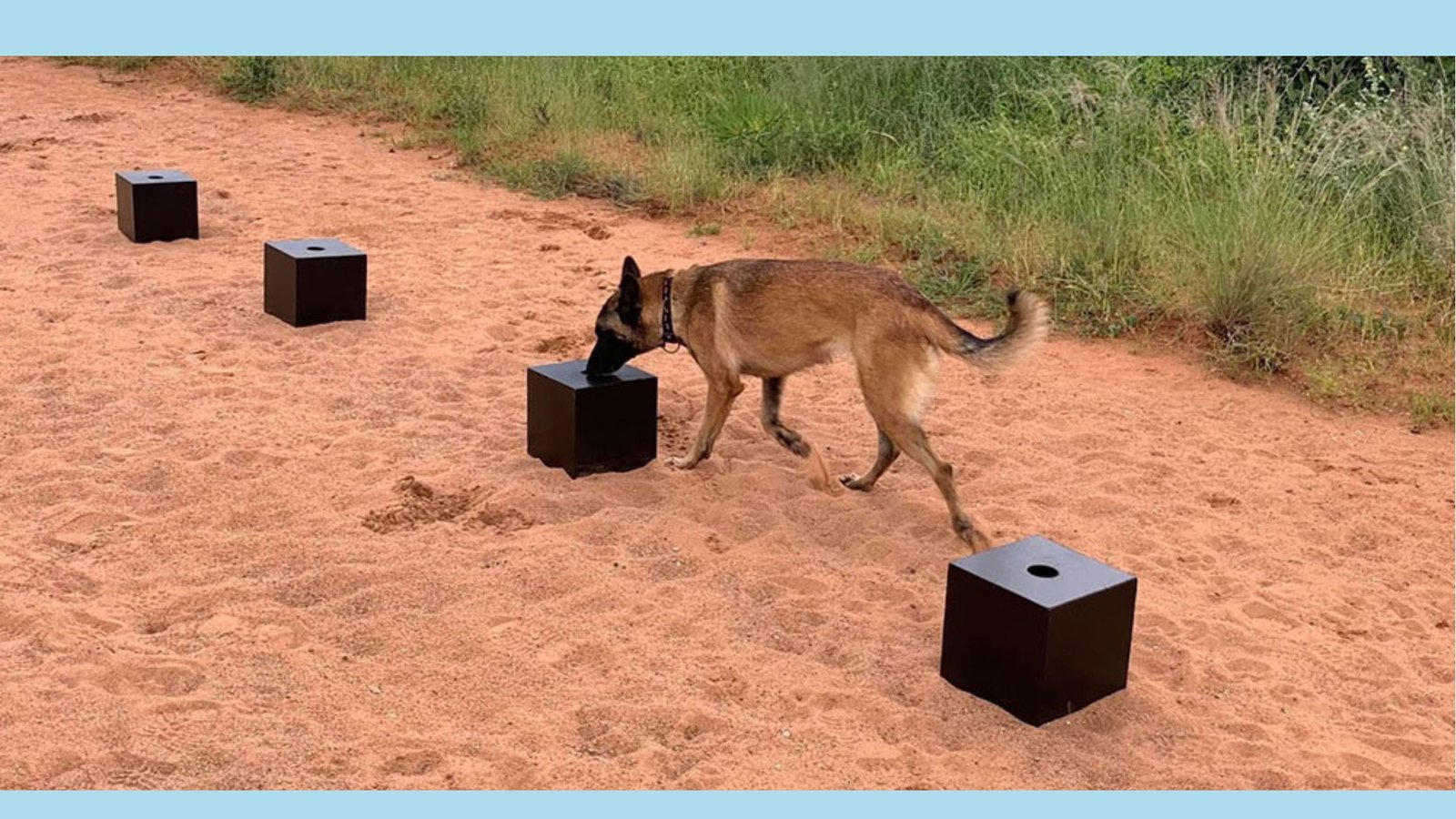
EXPERT TIPS TO MASTER DOG TRAINING TECHNIQUES
Are you ready to unleash the potential within your furry companion through expert dog training techniques? If you’ve ever felt overwhelmed by training challenges or sought a harmonious bond with your pet, you’re in the right place.
In this comprehensive guide, we dive deep into the realm of positive reinforcement and tailored guidance, tailored to cater to your dog’s individual personality and learning style.
Expert Advice from Professional Dog Trainers
From mastering basic commands to addressing common behavior issues, this guide offers insights from professional trainers, real-life examples, and practical tips to elevate your training sessions.
Whether you’re a seasoned pet owner or just starting your journey, join us as we explore the art of dog training with a focus on understanding your dog’s needs, creating a supportive environment, and celebrating the successes along the way.
Step-by-Step Guides
Embark on a transformative journey with your furry friend and discover the joys of effective training methods that strengthen the bond between you and your loyal companion.
Get ready to witness the positive changes that come with expert-led training and embrace a new chapter in your pet-parenting experience.
Positive Reinforcement Training
At the Training Room, we believe in the power of positive reinforcement. Our trainers emphasize the use of rewards, praise, and treats to motivate and encourage your dog during the training process.
This approach creates a positive and enjoyable learning experience for both you and your furry companion.
Training Tips and Troubleshooting
Training a dog can sometimes come with challenges. That’s why our articles also include helpful tips and troubleshooting advice to address common training issues. Whether your dog is struggling with a specific command or exhibiting unwanted behaviors, our trainers are here to guide you through it.
Join Our Community
In addition to our informative articles, we also have a vibrant community of dog lovers who are passionate about training their furry pals. Join our forums to connect with fellow dog owners, share your experiences, and seek advice from experienced trainers and enthusiasts.
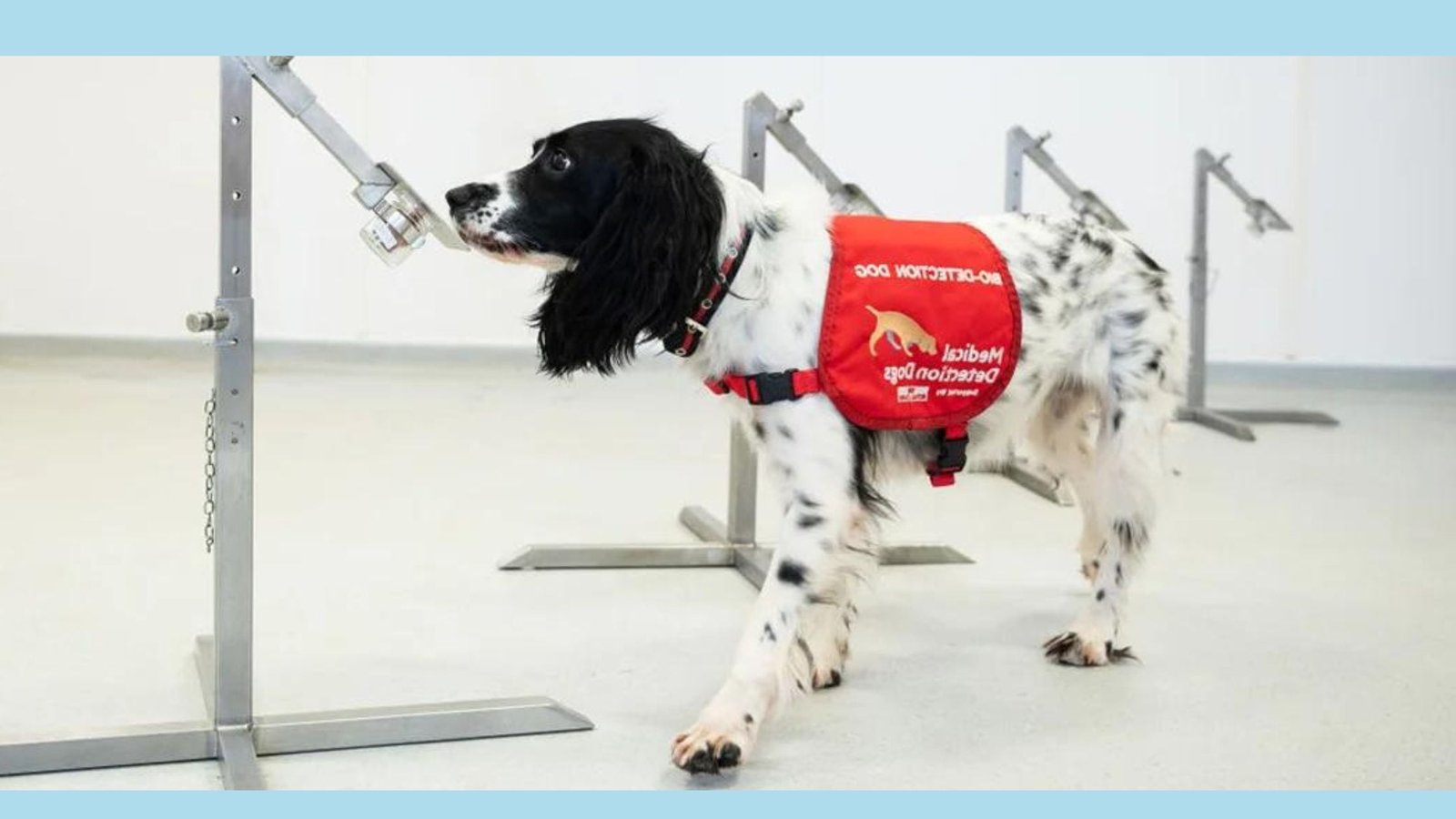
Start Training Today!
Don’t wait any longer – dive into the Train Room and start teaching your dog new commands and behaviors. We guarantee that with our expert guidance and your dedication, you’ll see remarkable progress in no time!
Remember, training your dog is not only about obedience, but it also strengthens the bond between you and your pet. So, let’s embark on this exciting journey together and unlock your dog’s full potential!

DOG OWNERS SHOULD
TRAIN THEIR DOGS!
Understanding Positive Reinforcement Training
Positive reinforcement is a highly effective dog training technique that focuses on rewarding good behavior rather than punishing bad behavior. By consistently praising and rewarding your dog for following commands and exhibiting desirable behaviors, you encourage them to repeat those actions in the future.
The Power of Rewards
Rewards can come in many forms, such as treats, verbal praise, or even a favorite toy. The key is to find what motivates your dog the most and use that to your advantage during training sessions.
Timing is Everything
When rewarding your dog, timing is crucial. The reward should be given immediately after the desired behavior is performed, so your dog associates the behavior with the positive outcome.
Building a Strong Bond
Positive reinforcement not only helps your dog learn faster but also strengthens the bond between you and your furry companion. It creates a supportive and encouraging environment that makes training a fun and enjoyable experience for both of you.
💡 Be Aware: Positive reinforcement is a powerful dog training technique that rewards good behavior, strengthens the bond between owner and dog, and creates a supportive learning environment.
to start from somewhere
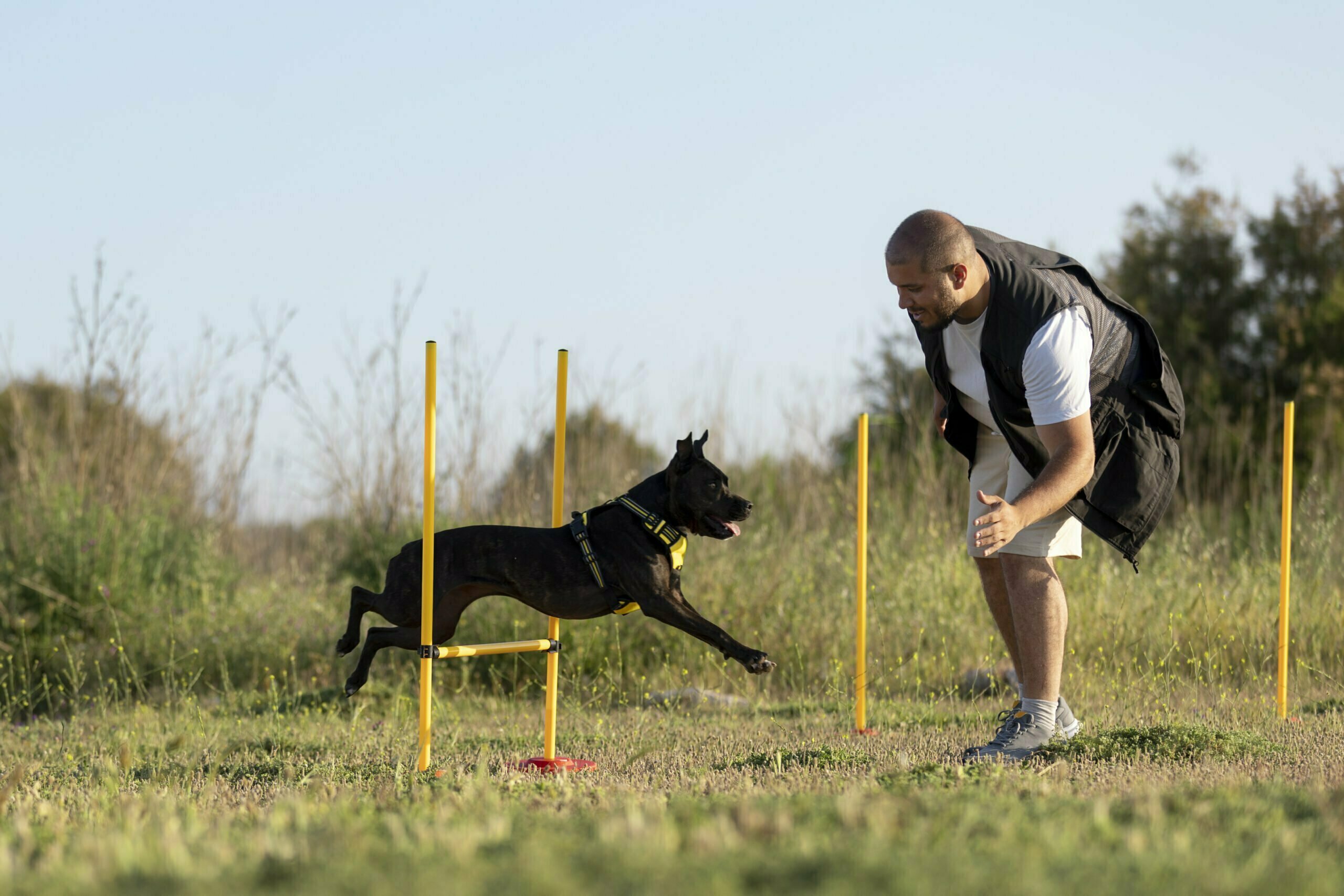
Setting the Foundation: Basic Commands Every Dog Should Know
Teaching your dog basic commands is essential for establishing a solid foundation for further training.
Some fundamental commands every dog should know include:
Sit: This command teaches your dog to sit on cue, which is useful in many situations, such as greeting people or waiting for food.
Stay: The stay command instructs your dog to remain in a specific position until released, helping to control their impulses and maintain focus.
Come: Teaching your dog to come when called is crucial for their safety and your peace of mind, especially in off-leash situations.
Down: The down command asks your dog to lie down on cue, which can be helpful in situations where you need them to settle and relax.
Consistency is key when teaching these commands. Use the same words and hand signals each time, and reward your dog generously for their efforts. With patience and practice, your dog will soon master these basic commands, setting the stage for more advanced training in the future.
💡 Be Aware: Teaching your dog basic commands such as sit, stay, come, and down lays the foundation for a well-behaved and responsive companion.
LET’S EXPEND MORE ABOUT THE BASICS:

Learn to train your dog becoming real family member
Dogs are man’s best friend, but they do require some training to make them the perfect companions we all wish for. While it may seem like an intimidating task, training your dog doesn’t have to be hard. With patience, consistency, and a little bit of love, anyone can train their furry friend to be obedient and well-behaved.
Further In our Train Room, we’ll explore some of the easiest methods for training your dog and how to make the process both enjoyable for you and your furry friend. Get ready to unleash the full potential of your dog with these straightforward tips.
Understanding your dog’s behavior
One core aspect of a dog’s behavior is obedience. Training your dog to obey commands such as “sit,” “stay,” “come,” and “heel,” can help improve their behavior in various scenarios.
Such obedience training helps install and define boundaries and also builds trust between the dog and owner. With consistency and positive reinforcement, your dog can easily learn and master these commands. Another crucial aspect of training your dog is crate training.
A crate can offer a safe and secure space for your pet to retreat in situations of discomfort or stress. Crate training involves introducing your dog to the crate slow and steady. You should ensure that it’s the correct size for them, and add bedding or a chew toy to help make it a comfortable space. After some time, you can begin closing the crate door and leaving your pet in it for short periods.
Gradually, your dog will feel more comfortable and secure in the crate, benefiting their well-being and behavior. Socializing your dog early on in their life is also essential in understanding their behavior. Exposing your pet to various people, animals, and situations can help them develop positive socialization skills, enabling them to interact appropriately with various societal factors.
You can begin socializing your dog by introducing them to various people and other pets in controlled and supervised environments gradually.
Identifying and Addressing Common Dog Behavior Issues
Even the most well-trained dogs can sometimes exhibit unwanted behaviors.
Some common issues include:
Excessive Barking: Dogs may bark excessively due to boredom, anxiety, or territorial instincts. Identifying the trigger and addressing the underlying cause is key to curbing this behavior.
Chewing: Puppies and adult dogs alike may chew on inappropriate objects due to teething, anxiety, or lack of proper chew toys. Providing appropriate chew toys and redirecting their attention can help alleviate this issue.
Leash Pulling: Many dogs pull on the leash during walks, which can be frustrating and even dangerous. Teaching your dog to walk calmly beside you using positive reinforcement techniques can make walks more enjoyable for both of you.
When addressing behavior issues, it’s essential to remain patient and consistent in your approach. Seek the advice of a professional dog trainer or behaviorist if the problem persists or seems too challenging to tackle on your own.
💡 Be Aware: Identifying and addressing common dog behavior issues such as excessive barking, chewing, and leash pulling requires patience, consistency, and sometimes the help of a professional.

Setting realistic training goals
One of the key factors in setting realistic training goals is understanding your dog’s unique personality, breed, and learning style. Some dogs may learn more quickly than others, while some may require more patience and repetition.
Begin by assessing your dog’s abilities, strengths, and weaknesses, and develop a tailored training plan that will enable you to work on specific areas that need improvement.
To train your dog easily and effectively, begin with basic obedience commands such as sit, stay, and come. These commands form the foundation for more complex training, such as teaching your dog to walk on a leash, and to obey commands even in distracting environments.
Another important aspect of setting realistic training goals is to focus on positive reinforcement.
Rewarding good behavior with treats, praise or playtime is an effective way to motivate your dog and to build their confidence. This approach builds a positive association with training sessions, and helps to prevent your dog from becoming bored or disinterested in the training process.
To ensure that your training goals are achievable, it is helpful to practice for short sessions every day rather than longer sessions once a week. Shorter sessions ensure that your dog remains engaged and focused, and provides the opportunity to practice new commands frequently.
Setting realistic training goals for your dog is a key aspect of achieving success in dog training. By identifying your dog’s learning style, focusing on positive reinforcement, and practicing regularly, you can develop a tailored training plan that meets your dog’s individual needs and helps them reach their full potential. With patience, persistence, and consistency, you will see the results you want and enjoy a strong bond with your furry companion.
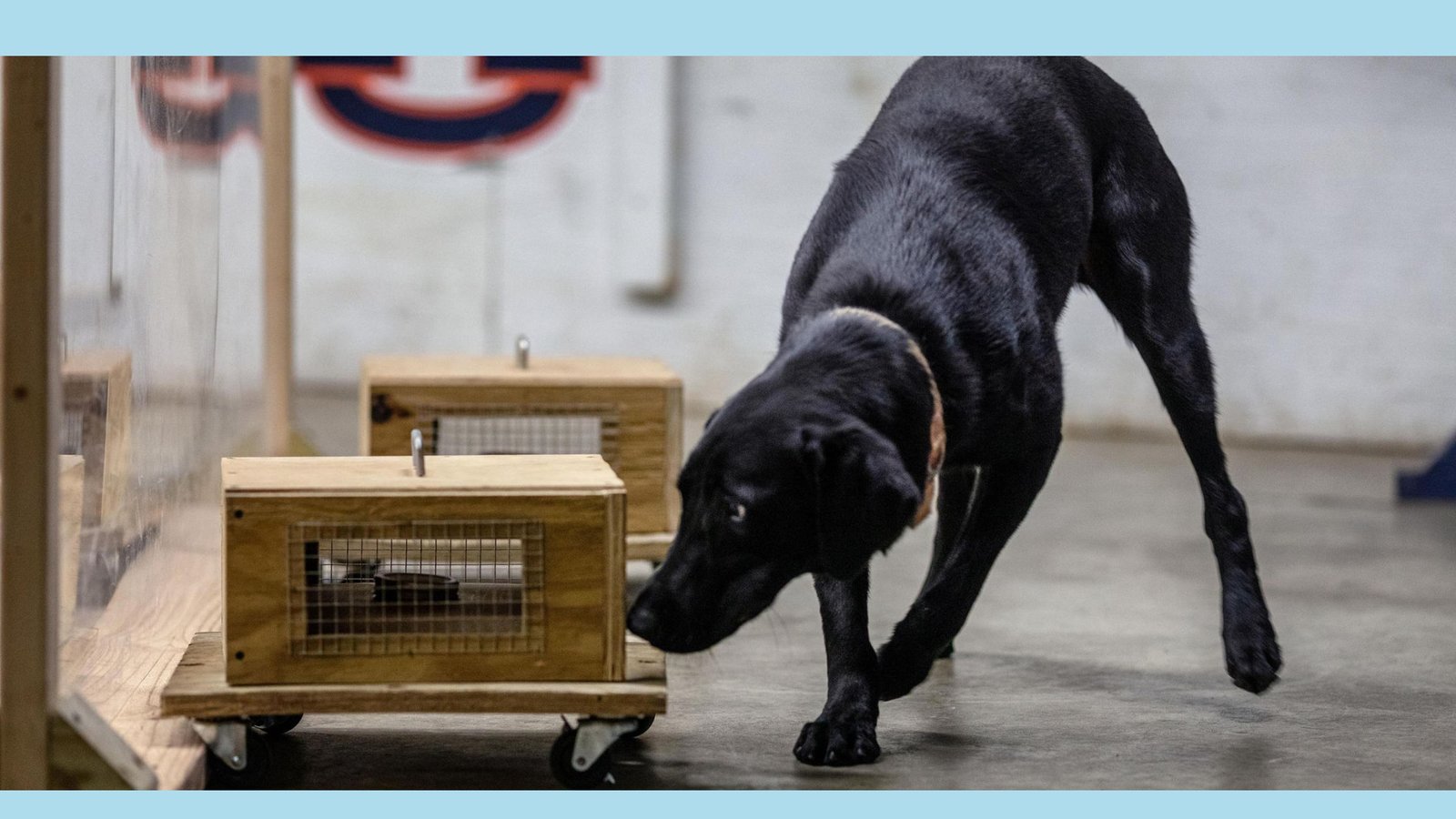
Advantages of Professional Dog Training Services
While it’s possible to train your dog on your own, professional dog training services offer several advantages:
- Expertise: Professional dog trainers have the knowledge and experience to handle a wide range of dog personalities and behavior issues.
- Customized Training Plans: A professional trainer can develop a training plan tailored to your dog’s specific needs and learning style.
- Socialization Opportunities: Many dog training classes provide opportunities for your dog to socialize with other dogs in a controlled environment, which is essential for their overall development.
- Time-Saving: Hiring a professional trainer can save you time and energy, as they can help you achieve your training goals more efficiently.
💡 Be Aware: Professional dog training services offer expertise, customized training plans, socialization opportunities, and time-saving benefits to help you achieve your training goals more effectively.

The Role of the Dog Owner in the Training Process
As a dog owner, you play a crucial role in your dog’s training success.
Here are some ways you can support your dog’s learning:
Be Consistent: Consistency is key when training your dog. Use the same commands, hand signals, and rewards each time to avoid confusion and reinforce the desired behaviors.
Practice Regularly: Training is an ongoing process that requires regular practice. Set aside time each day to work on commands and reinforce good behavior.
Create a Positive Environment: Make training a fun and positive experience for your dog by using enthusiastic praise, high-value treats, and engaging in play-based learning.
Lead by Example: Dogs often look to their owners for guidance and direction. Set a good example by remaining calm, patient, and consistent in your interactions with your dog.
Remember, training is a collaborative effort between you and your dog. By providing clear communication, positive reinforcement, and a supportive environment, you can help your furry friend reach their full potential.
💡 Be Aware: As a dog owner, your consistency, regular practice, positive attitude, and leadership are essential for your dog’s training success.
Selecting the Right Dog Trainer: What to Look For
Choosing the right dog trainer is crucial for ensuring a positive and effective training experience.
Here are some key factors to consider:
Experience and Qualifications: Look for a trainer with relevant experience and certifications from reputable organizations such as the Association of Professional Dog Trainers (APDT) or the Certification Council for Professional Dog Trainers (CCPDT).
Training Philosophy: Make sure the trainer’s philosophy aligns with your own values and preferences. Seek out trainers who prioritize positive reinforcement techniques and avoid those who rely on punishment or dominance-based methods.
References and Reviews: Ask for references from past clients and read online reviews to get a sense of the trainer’s reputation and the experiences of others who have worked with them.
Observation and Consultation: Many trainers offer the opportunity to observe a class or schedule a consultation before committing to their services. Take advantage of these options to get a feel for the trainer’s style and approach.
Remember, the right trainer will not only have the skills and knowledge to help you train your dog effectively but also be someone you feel comfortable working with and trust to guide you through the process.
💡 Be Aware: When selecting a dog trainer, consider their experience, training philosophy, references, and offer opportunities for observation to ensure a positive and successful training experience.
The Benefits of Online Dog Training for Busy Pet Owners
In today’s fast-paced world, online dog training has become increasingly popular among busy pet owners.
Some benefits of online training include:
- Flexibility: Online courses allow you to learn at your own pace and schedule training sessions around your other commitments.
- Convenience: With online training, you can access expert advice and resources from the comfort of your own home, without the need for travel or set class times.
- Variety: Online platforms offer a wide range of courses and resources, covering everything from basic obedience to specialized training for specific breeds or behavior issues.
- Affordability: Online training is often more affordable than in-person classes, as you can avoid costs associated with travel and facility fees.
💡 Be Aware: Online dog training offers busy pet owners flexibility, convenience, variety, and affordability, making it an attractive option for those looking to train their dogs effectively.
How to Create a Supportive Training Environment at Home
Creating a supportive training environment at home is essential for your dog’s success.
Here are some tips:
- Designate a Training Space: Set aside a specific area in your home for training sessions, free from distractions and equipped with necessary supplies like treats and toys.
- Establish a Routine: Consistency is key in training, so establish a regular training routine that fits your schedule and your dog’s needs.
- Involve the Whole Family: Make sure all family members are on the same page when it comes to training methods and commands to ensure consistency and avoid confusion.
- Keep Sessions Short and Positive: Training sessions should be short, focused, and always end on a positive note to maintain your dog’s enthusiasm and engagement.
💡 Be Aware: Creating a supportive training environment at home involves designating a training space, establishing a routine, involving the whole family, and keeping sessions short and positive.

Positive reinforcement techniques
When it comes to dog training, positive reinforcement can be used in a variety of ways. One of the easiest ways to use positive reinforcement is to reward your dog with treats when they display good behavior.
For example, if your dog sits when you ask them to, reward them with a treat. This will teach them that sitting is a good behavior and will encourage them to continue this behavior. Another positive reinforcement technique is clicker training.
This type of training involves using a clicker to mark the exact moment that your dog displays a desired behavior. Once the behavior is marked, the dog is then rewarded with a treat. Clicker training is an effective way to train your dog because it allows you to communicate with them in a way that they can understand.
They know that when they hear the clicker, they have done something right and will be rewarded for it. Positive reinforcement is also effective when it comes to potty training your dog. When your dog goes potty outside, reward them with a treat.
This will teach them that going potty outside is the desired behavior and will encourage them to continue doing so. It’s important to remember that positive reinforcement works best when you’re consistent with your training.
Make sure to reward your dog every time they display good behavior, as this will encourage them to continue doing so. Also, always use positive words and tones when training your dog. Speak to them in an upbeat and cheerful tone, as this will help keep them motivated and engaged.

Consistency and routine
Dog training can be easy if you follow a few simple steps. The first step in training your dog is to establish a routine. This routine should include things like feeding times, potty breaks, and playtime. Once you have established a routine, it is important to stick to it.
Dogs thrive on routine, and if you change things up, it can confuse them and make training more difficult. The second step is to establish consistency. This means that you should use the same command for a specific behavior every time you want your dog to do it.
For example, if you want your dog to come to you when called, always use the same command such as “come here” or “come”. This will help your dog to learn the command and associate it with the behavior that you want. When training your dog, it is important to use rewards and consequences consistently.
Rewards can include treats, praise, and playtime, while consequences could include withholding treats, timeouts, or verbal scolding. Make sure that you are consistent in your rewards and consequences, so your dog knows what behavior is acceptable and what is not.

Socialization tips for puppies
Dog training is an essential part of a puppy’s socialization process. The earlier you start training your pup, the better. Start by teaching basic commands such as “sit,” “stay,” “come,” and “leave it.”
Make training sessions short, consistent, and positive by rewarding good behavior with treats and praise. Avoid punishment or negative reinforcement, as it can harm your puppy’s development. Exposure to different sights, sounds, and experiences is also critical in socializing your puppy.
Take your pup on walks through different environments, such as busy streets, parks, and stores. Expose them to other animals, people, and children gently and gradually, rewarding calm and confident behavior. Introduce your puppy to different types of surfaces, such as grass, sand, and pavement, so that they learn to walk comfortably on any terrain.
Consider enrolling your pup in a puppy socialization class, where they can interact with other pups and learn valuable social skills. These classes provide a safe and controlled environment for your puppy to play, learn, and explore while supervised by an experienced trainer.
In addition to socializing with other pups, these classes also give you the opportunity to bond with and train your pup. Make sure your puppy has plenty of toys and games to play with to keep them entertained and stimulated.
Encourage interactive playtime with you, such as playing fetch, hide-and-seek, and tug-of-war. These activities will build your pup’s confidence, hone their motor skills, and enhance their socialization skills.
Techniques for Managing Separation Anxiety in Dogs
Separation anxiety is a common issue among dogs, but it can be managed with the right techniques:
- Gradual Desensitization: Slowly increase the amount of time your dog spends alone, starting with brief separations and gradually lengthening the duration.
- Positive Reinforcement: Reward your dog for remaining calm during separations, using treats or praise to associate alone time with positive experiences.
- Provide Distractions: Leave your dog with engaging toys or puzzles to keep them occupied while you’re away.
- Calm Departures and Returns: Keep your departures and returns low-key to minimize anxiety and excitement.
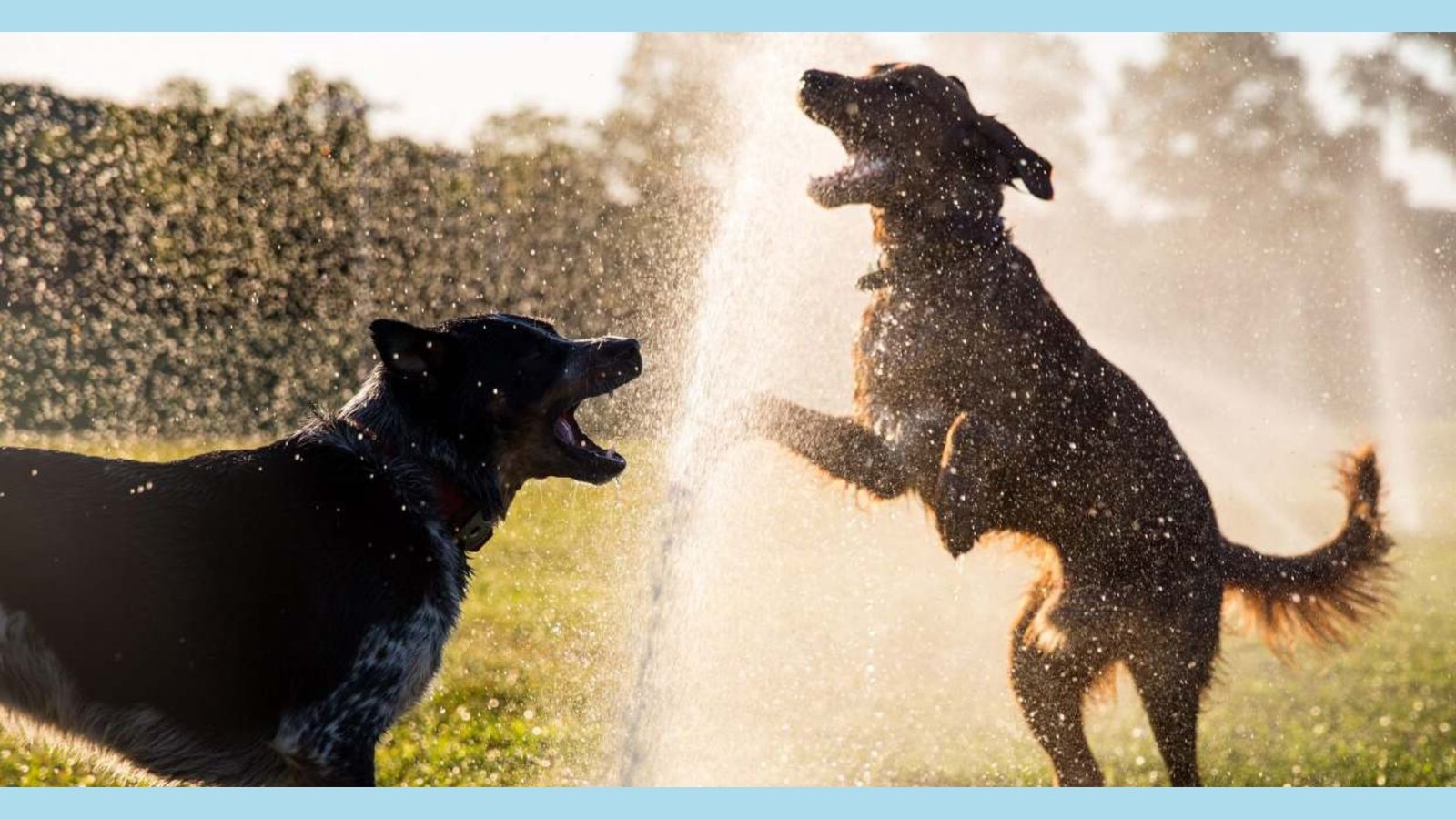
Addressing common behavior problems
To address these problems, dog training is crucial. The key is to train your dog easy, using positive reinforcement methods. Positive reinforcement is a technique that involves rewarding your dog for good behavior, which encourages repetition of that behavior. Barking is one of the most common behavior problems in dogs.
To train your dog not to bark excessively, use positive reinforcement to reward your dog when they do not bark. You can also teach your dog a command such as “quiet” or “enough” and reward them when they obey. Biting is another common problem in dogs, especially in puppies. To train your dog not to bite, start by teaching them to play gently with toys. If they do bite, say “ouch” and stop playing with them immediately. This teaches your dog that biting is not an acceptable behavior.
Jumping is also a common problem in dogs, but it can be easily addressed through training. Teach your dog to sit and stay when someone comes to the door, and reward them for staying calm. You can also train your dog to greet people politely by telling them to sit before being petted.
Chewing and digging are also behavior problems that can be addressed through training. Provide your dog with plenty of chew toys to satisfy their urge to chew, and redirect them if they start to dig in the wrong place.
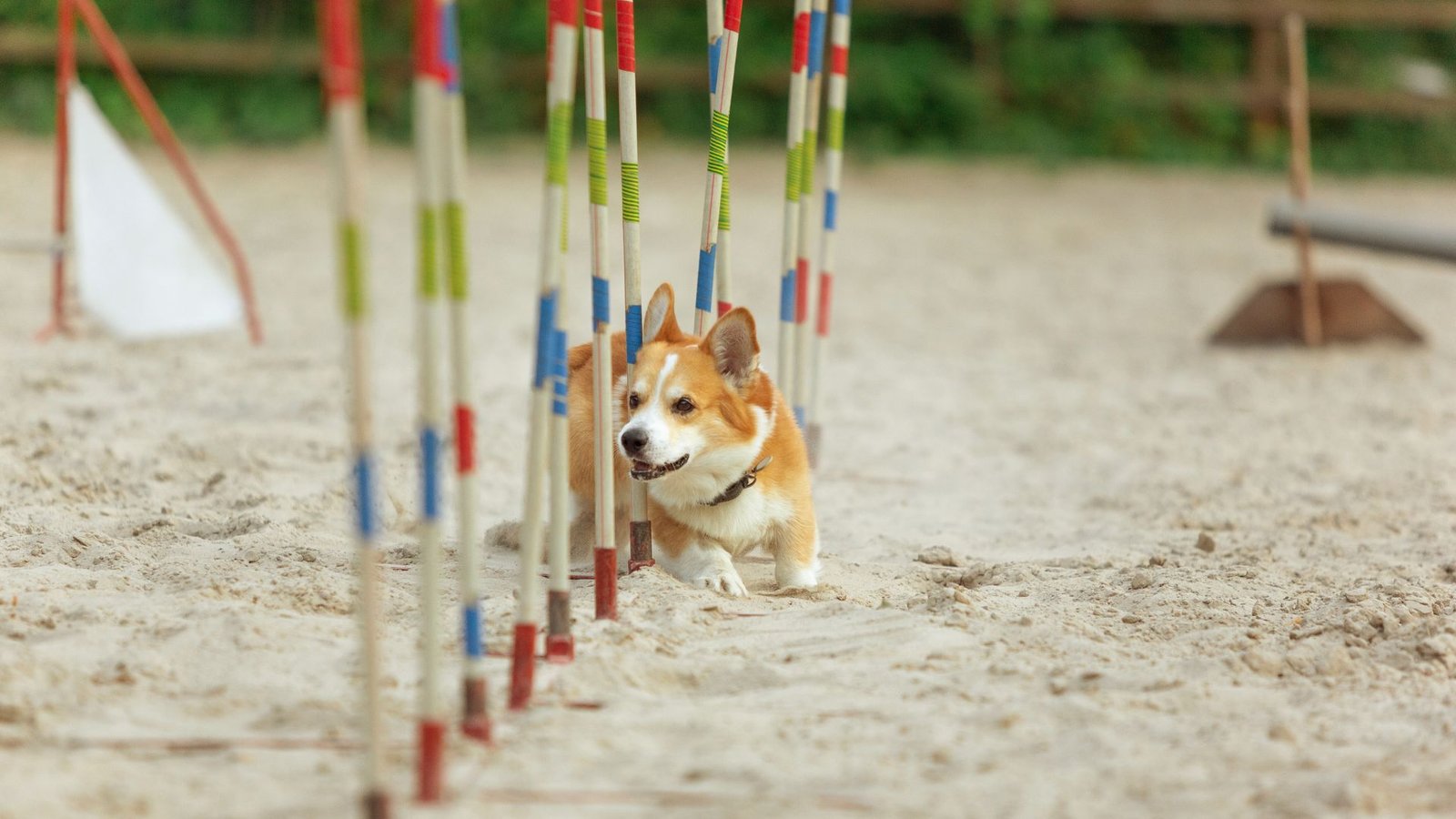
Advanced training techniques for obedience and tricks
First of all, it is important to establish a good rapport with your dog before you start training. Positive reinforcement techniques such as praise, treats, and affection when your dog exhibits good behavior can help build a bond of trust and respect between you and your dog. This will make it easier for your dog to learn new commands and tricks. One advanced technique to try with your dog is to start training in distraction-prone environments. This means that you should gradually introduce your dog to environments where there are a lot of distractions, such as in a park or other public place.
This will help your dog learn to focus on your commands despite the presence of distractions. Another advanced technique is to incorporate clicker training into your routine. Clicker training involves using a clicker device to make a distinct sound that indicates to your dog that they have performed a desired behavior. This technique is often used in conjunction with positive reinforcement techniques and can help reinforce good behavior quickly. For more advanced obedience training, you may want to consider using a remote trainer.
Remote trainers use a small shock or vibration to signal to your dog that they need to cease the behavior. This is not intended to be a punishment, but rather a way to get your dog’s attention and redirect their behavior. In addition to obedience training, teaching your dog tricks can be a fun way to bond with your pet and impress your friends and family. Tricks like roll over or shake can be taught using similar positive reinforcement techniques as obedience training. One advanced trick technique is to create a sequence of commands that your dog can perform in succession, such as sit, stay, come, and shake.
More Advanced Training Techniques
Once your dog has mastered the basics, you can explore advanced training techniques to further develop their skills and strengthen your bond.
Some advanced techniques include:
- Agility Training: This fast-paced, obstacle-based training is a great way to challenge your dog physically and mentally while building confidence and trust.
- Trick Training: Teaching your dog fun tricks like “roll over” or “play dead” is a great way to keep training sessions engaging and entertaining for both of you.
- Nose Work: This scent-based training taps into your dog’s natural smelling abilities, providing mental stimulation and building confidence.
- Therapy Dog Training: If your dog has a calm, friendly demeanor, you may consider training them to become a certified therapy dog, bringing joy and comfort to those in need.
Remember, advanced training should always build upon a solid foundation of basic obedience and be tailored to your dog’s individual strengths and interests.

Integrating Fun into Your Training Sessions: The Importance of Play
Incorporating play into your training sessions is crucial for keeping your dog engaged and motivated. Play-based learning not only makes training more enjoyable for your dog but also strengthens your bond and encourages a positive association with the training process.
Some ways to integrate play into training include:
1. Using toys as rewards
2. Playing games that reinforce learned commands
3. Engaging in brief play breaks during training sessions
By making training a fun and rewarding experience, you’ll create a more eager and responsive learner in your furry companion.
When to Seek a Follow-Up Session: Evaluating Progress
Regular follow-up sessions with your trainer are essential for ensuring your dog’s continued progress and addressing any new challenges that may arise.
Some signs that it may be time for a follow-up session include:
1. Your dog has mastered the current training goals and is ready for new challenges
2. You’re experiencing difficulties with a specific command or behavior
3. You want to refine your own training techniques and receive feedback from your trainer
Remember, training is an ongoing process, and follow-up sessions provide valuable opportunities for fine-tuning your dog’s skills and maintaining their training success.

Navigating the Virtual World of Dog Training: An Overview
With the rise of online dog training, navigating the virtual world of resources can be overwhelming.
Here are some tips for finding the right online training solutions for you and your dog:
1. Research Reputable Platforms: Look for online training platforms that feature certified trainers, comprehensive curricula, and positive user reviews.
2. Consider Your Learning Style: Some people prefer video-based courses, while others learn best through written guides or live virtual sessions. Choose a format that aligns with your learning preferences.
3. Look for Breed-Specific Resources: If you have a specific breed, such as a German Shepherd or a Labrador Retriever, look for online courses or resources tailored to their unique needs and traits.
4. Engage with the Community: Many online training platforms feature forums or social media groups where you can connect with other dog owners, share experiences, and receive support throughout your training journey.
By taking the time to find the right virtual resources, you can unlock a world of expert guidance and support to help you train your dog effectively from the comfort of your own home.
The Role of Equipment in Dog Training: Identifying What You Need
While the most essential elements of dog training are patience, consistency, and positive reinforcement, having the right equipment can make the process easier and more effective.
Some key pieces of equipment to consider include:
1. Leash and Collar: A sturdy, comfortable leash and collar are essential for teaching basic commands and leash manners.
2. Harness: For dogs prone to pulling or with respiratory issues, a harness can provide more control and comfort than a traditional collar.
3. Training Treats: High-value, bite-sized treats are crucial for rewarding your dog during training sessions.
4. Clicker: A clicker can be a useful tool for marking the exact moment your dog performs a desired behavior, making it easier for them to understand what’s being reinforced.
5. Puzzle Toys: Puzzle toys and treat dispensers can provide mental stimulation and help keep your dog engaged during downtime between training sessions.
Remember, the most important tool in your training arsenal is your own commitment to your dog’s success. With the right attitude and approach, you can achieve great things together, no matter what equipment you have on hand.
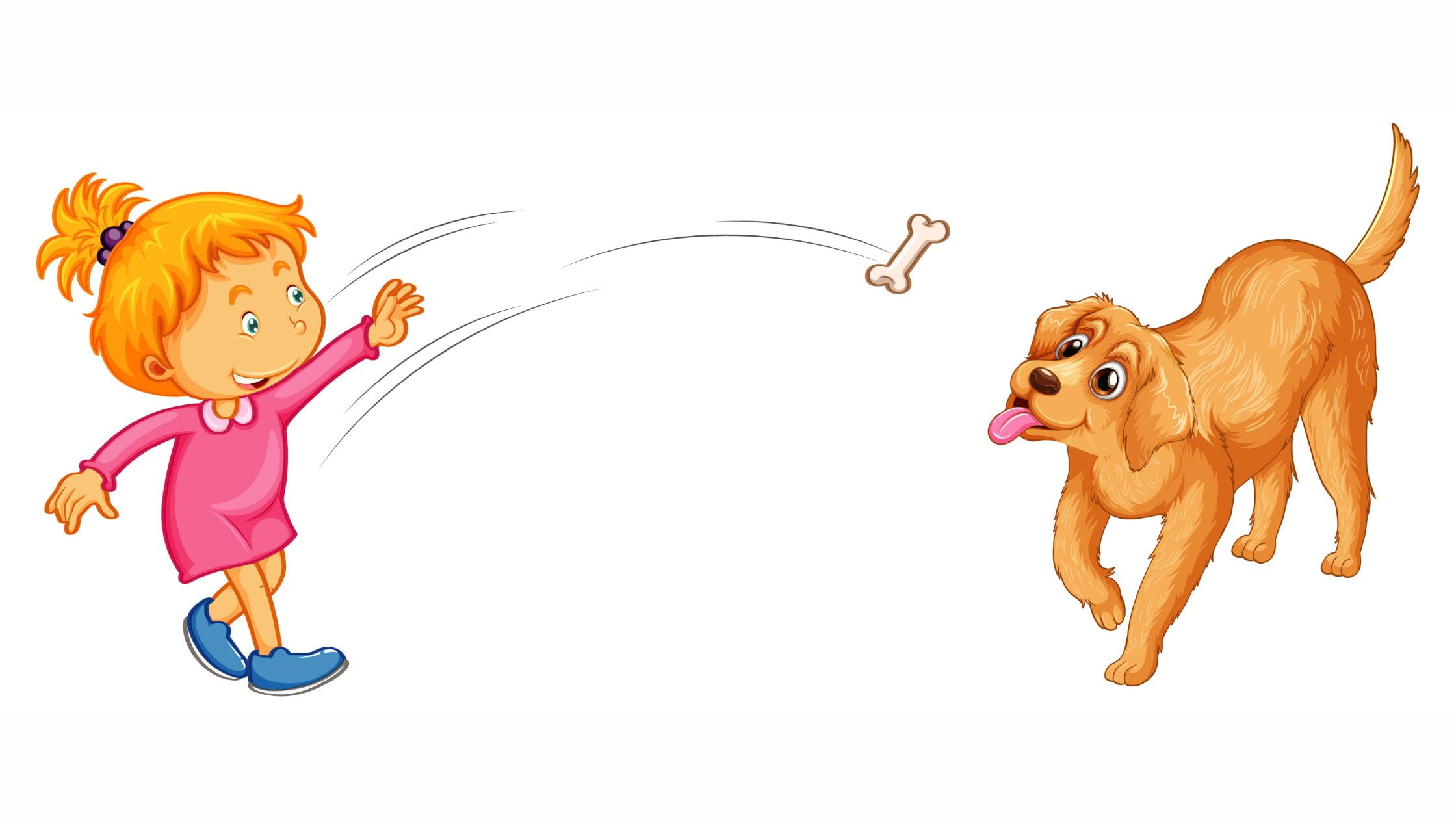
Understanding Your Dog’s Needs and Behavior for Better Training Outcomes
To train your dog effectively, it’s essential to understand their unique needs and behavior.
Some factors to consider include:
1. Breed Characteristics: Different breeds have different traits and tendencies that can impact their training needs. For example, herding breeds may require more mental stimulation and activity, while scent hounds may be more easily distracted by smells.
2. Age and Life Stage: Puppies have different learning capacities and attention spans than adult dogs, and senior dogs may require accommodations for physical limitations or cognitive changes.
3. Individual Personality: Just like people, dogs have unique personalities that can influence their learning style and motivation. Some may be more food-driven, while others may respond better to praise or play.
By taking the time to understand your dog’s specific needs and behaviors, you can tailor your training approach to their individual learning style, leading to more effective and enjoyable training sessions for both of you.
Celebrating Success: The Journey from Training to Good Conduct
Training your dog is a journey, and it’s essential to celebrate successes along the way. Whether it’s mastering a new command, overcoming a behavior challenge, or simply showing progress in their focus and engagement, every milestone deserves recognition.
Some ways to celebrate your dog’s training successes include:
1. Offering high-value treats or a favorite toy as a reward
2. Engaging in extended play sessions to reinforce the joy of learning
3. Sharing your dog’s achievements with friends, family, or on social media
4. Treating your dog to a special outing or experience, such as a trip to the dog park or a hike in nature
Remember, the ultimate goal of training is not just obedience, but a well-behaved, happy, and confident companion. By celebrating your dog’s successes and continuing to reinforce positive behaviors, you’ll create a lifelong bond built on trust, respect, and mutual understanding.
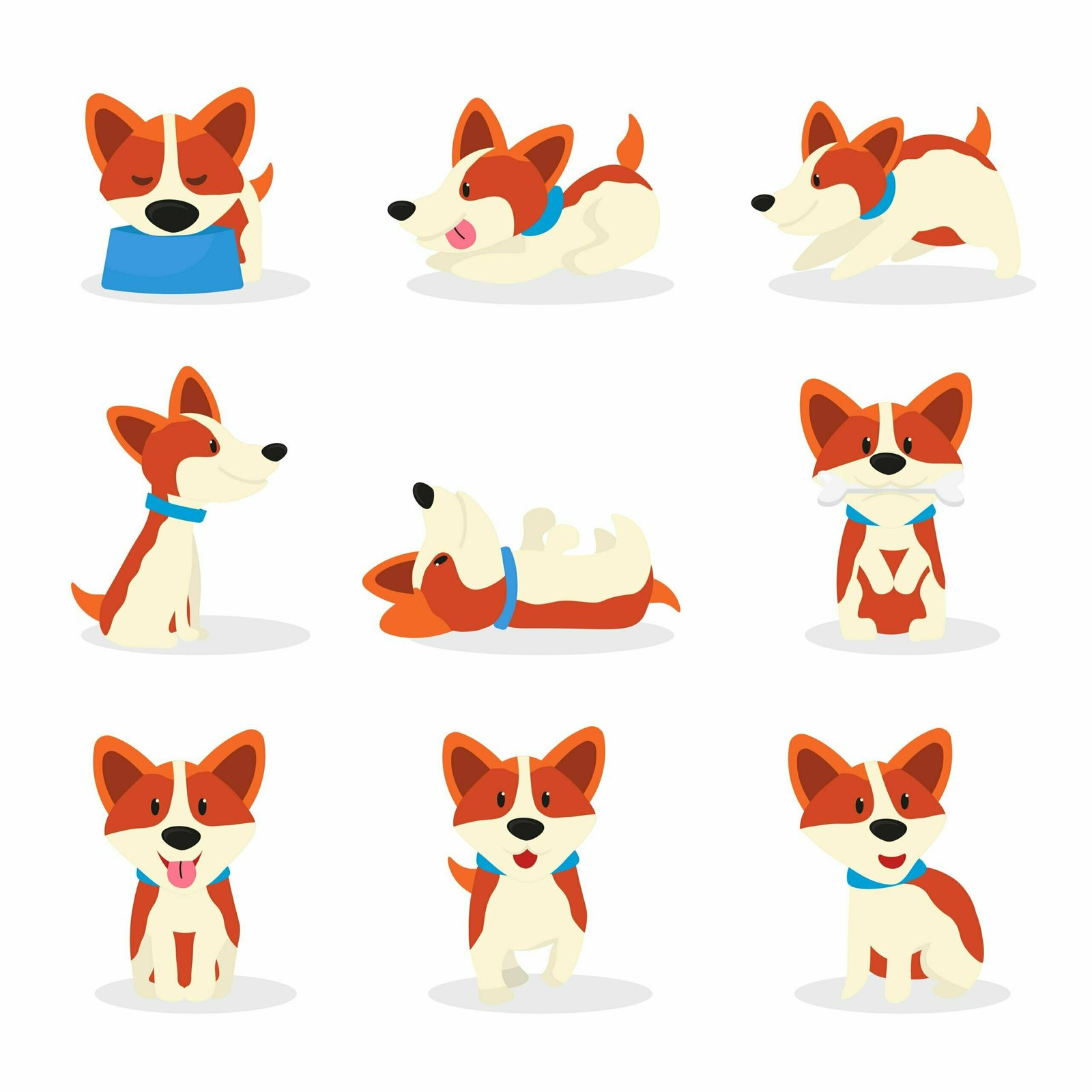
Brief sum up!
So, mastering dog training techniques is not just about teaching commands, but about building a strong bond with your furry companion. By understanding positive reinforcement methods and addressing common behavior issues, you lay a solid foundation for effective training. Remember, as a pet owner, your role is crucial in creating a supportive environment for your dog’s learning journey. Whether you choose a professional dog trainer or opt for online training services, the key is to tailor your approach to your dog’s specific needs.
By integrating fun and play into training sessions, you make learning enjoyable for your canine friend. And as you celebrate small successes along the way, from basic obedience to advanced tricks, you reinforce good conduct and positive changes in your furry companion. Remember, consistency and patience are key in training, and seeking follow-up sessions to evaluate progress can guide you towards achieving your training goals.
Embrace the journey of training your dog with love, patience, and understanding, and witness the transformation in your bond. Your commitment to positive reinforcement and tailored guidance will not only shape your dog’s behavior but also enrich your relationship with them. Begin this rewarding journey today and unlock the potential for a harmonious and fulfilling companionship with your loyal four-legged friend.
MORE DOG TRAINING ARTICLES THAT MIGHT HELP YOU AND YOUR DOG!
dog tips and advice below


